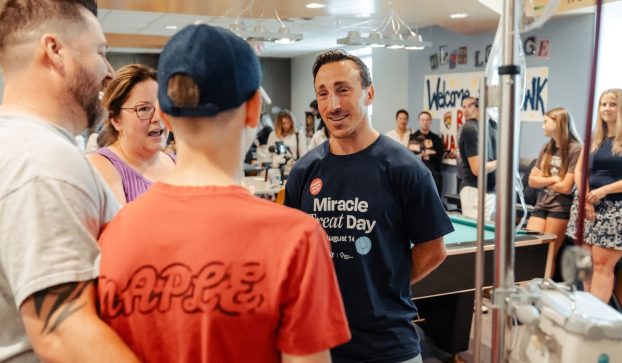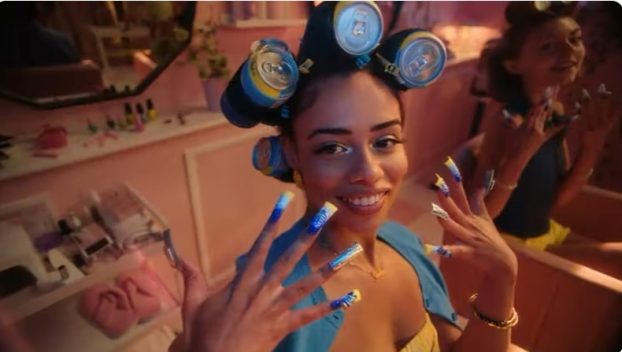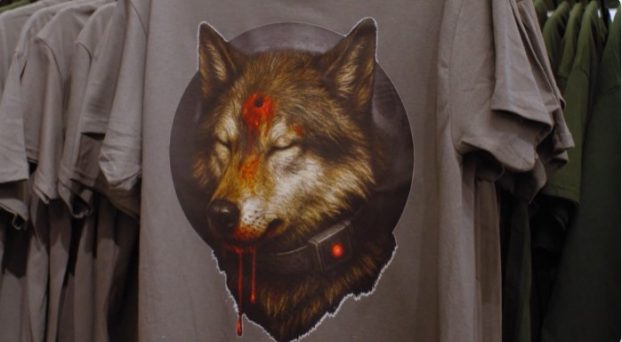Huffington Post co-founder and editor-in-chief Arianna Huffington spoke to a packed room at the Telus Centre for Performance and Learning yesterday about the sea change in the world of media and politics as part of the second day of Ad Week in Toronto.
Sponsored by Torstar, it was Toronto Star publisher and Star Media Group president John Cruickshank who pointed out the perceived irony of a newspaper – what Huffington would dub ‘old media’ – sponsoring a talk by one of the leading figures in online media, largely blamed for the decline in newspaper readership and advertising. (The Huffington Post monthly readership nearly triples the Star‘s online readership at eight million to 2.7 million respectively.)
‘New media is not going to replace traditional media,’ Cruickshank told the crowd. ‘There’s a future where they work together and both remain an important part of the media landscape and a vital part in the lives of citizens and advertisers.’
Not in Kansas anymore
The two mediums have often been portrayed as adversaries – indeed, Huffington illustrated the tension with a few choice statistics, including one that tracks a decline of seven million in newspaper readership over 25 years against an increase of online news readership to the tune of 34 million in the last five years. Newspaper advertising fell almost 19% this year, while web and mobile advertising are up. She did not qualify her statistics as being solely American or global.
But this is a false dichotomy, said Huffington, in the ‘hybrid’ new media world, which takes the best of ‘old media’ – ‘accuracy, fairness, original reporting’ – and combines it with the best of the new – ‘immediacy, interactivity, transparency.’
That we are living in a brave new world is indisputable, she said, illustrated by the fact that more video has been uploaded to YouTube in the past two months than the three big television networks in the US could have shown had they been broadcasting original content 24/7 since 1948. Those who don’t catch up to the speed to change will be ‘roadkill.’
Living in the link economy
User behaviour and habits are the driving force of this dramatic change, as ‘consumers are used to surfing the net, snacking here and there, going deeper by following on links, and links are monetizable.’
Rather than using a pull model and expecting readers to come to them, media need to understand that ‘content is going to follow the user,’ and go where the eyeballs are, she said, using the example of MSNBC’s embeddable player, which the Huffington Post uses to post content which MSNBC monetizes. ‘There’s a Greek philosopher Heraclitus who says ‘you can’t enter the same river twice… because consumer habits have so fundamentally changed.’
In this new model, it all comes down to who is credible. ‘The more providers of news and media there are online, the more important trust becomes,’ she said, referencing Craigslist founder Craig Newmark, who says ‘trust is the new black.’
Referring to politics, Huffington spoke to the conversations and debates that can also apply to advertisers playing in the social space. ‘Paradoxically, it is easier to disseminate false information but also harder for that information to stick, because you can easily counter it, and very quickly. In the end, this is very good news.’
Self-expression is the new entertainment
Another major trend Huffington touched on was that ‘self-expression has become the new entertainment, especially for many young people.’ Citing the armies of ’empowered’ citizen journalists willing to contribute to the Huffington Post for free, she claimed that ‘news has become social…people don’t just consume news now, they share news, they develop news.’
Nevertheless this comes with greater responsibility, as teh media holds the ability to shape public opinion and bring about real societal change. If a fraction of the attention that the ‘Balloon Boy’ received by the news media had been applied to the homeless children in America, ‘just think of how our attention would focus on a major crisis.’
Technology as anthropology
At the same time, people have become so ‘addicted’ to their multiple devices that it is becoming all the more important to take a break, she said, citing a ‘dangerous’ finding that in America ‘children are spending 7.5 hours a day in front of screens…technology is moving ahead of social adaptation. We need to learn to use technology, not to be used by it.’
In general, she believes that we are becoming a sleep-deprived culture, and that this deficiency makes us less healthy and less productive – and applauded the move that some companies are taking such as ’email-free days.’
‘We’re all excited about the Apple Tablet tomorrow, of course we are,’ she said. ‘But what’s more exciting is what’s the impact that these new technologies are having on our lives.’























